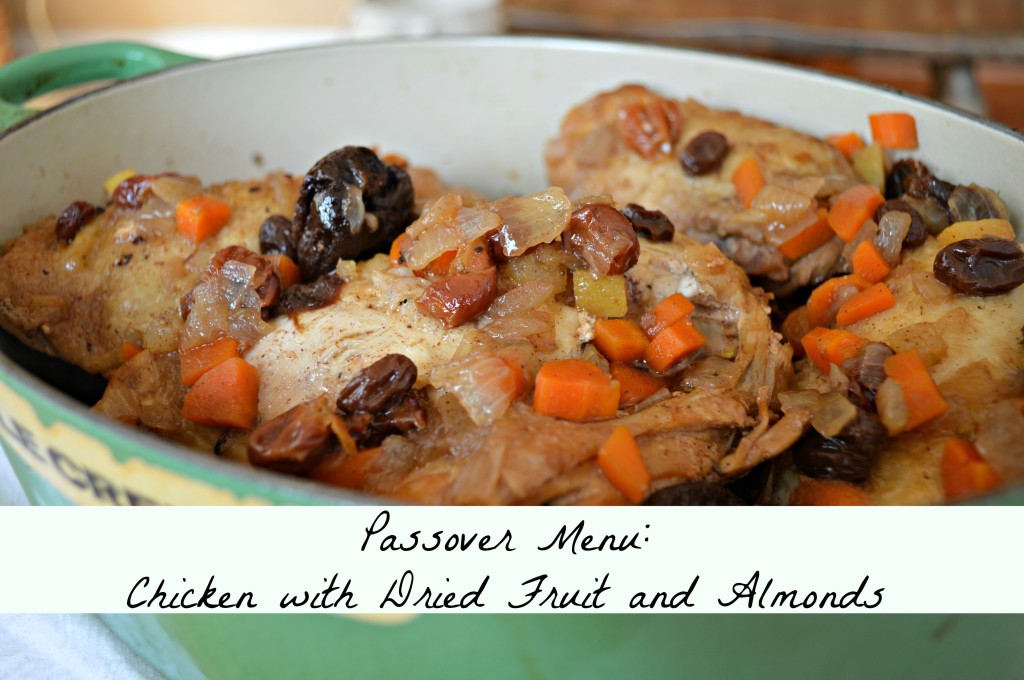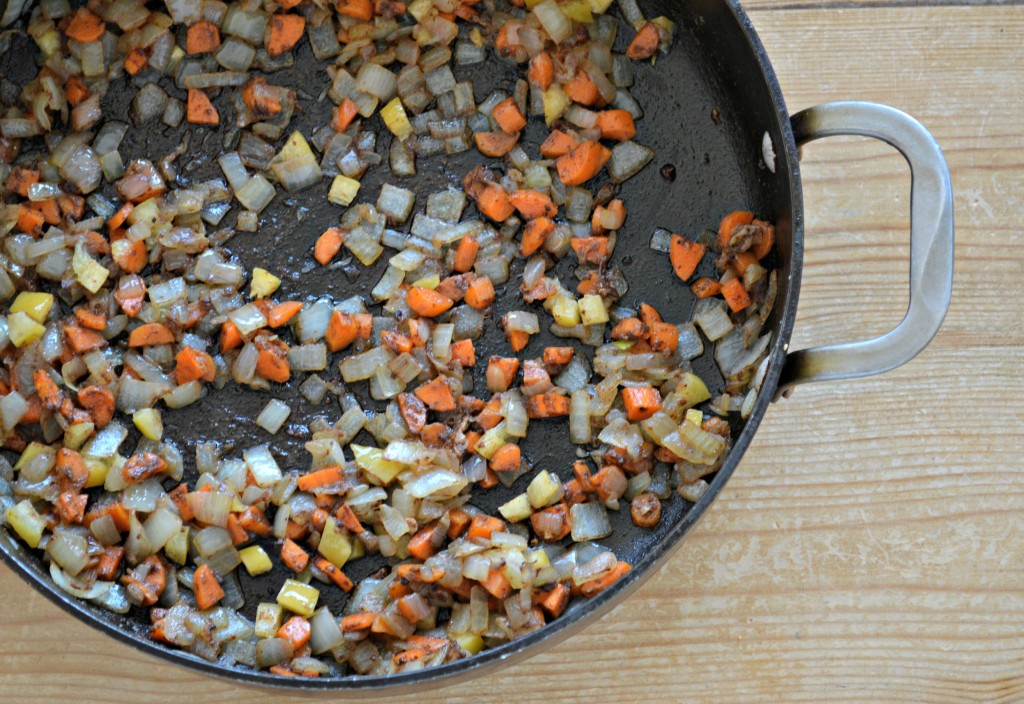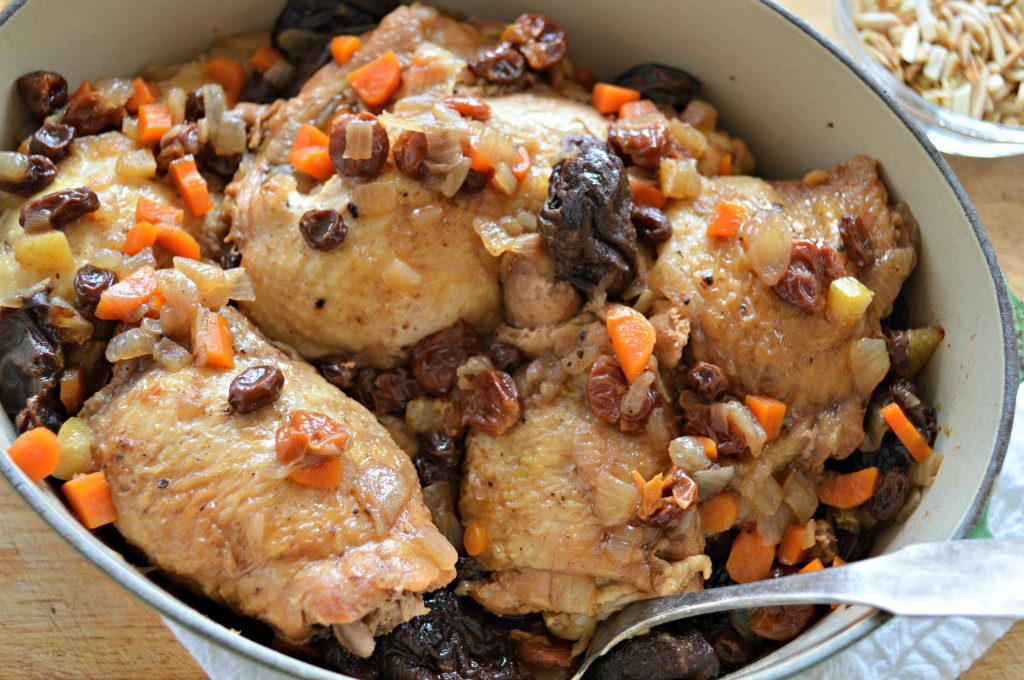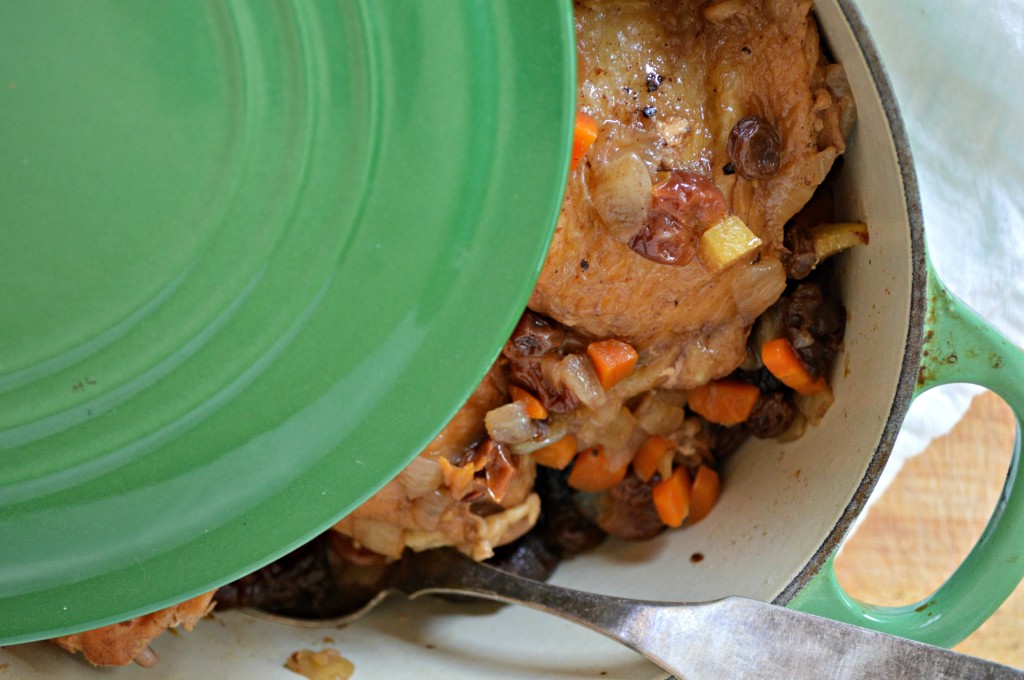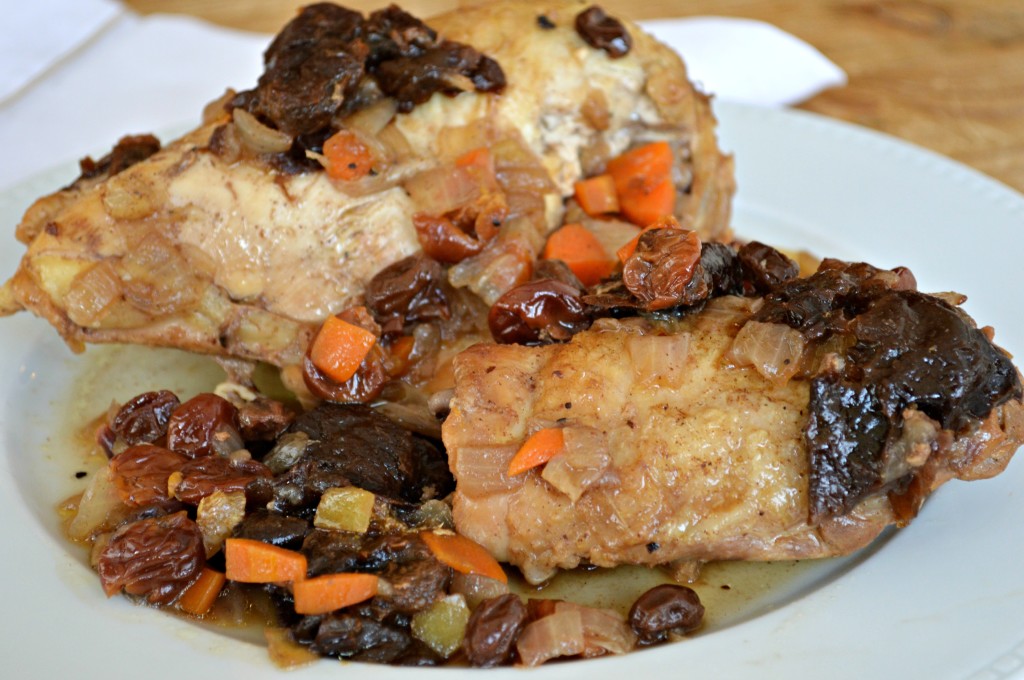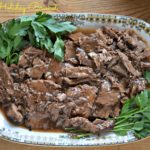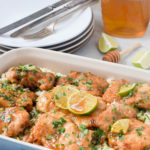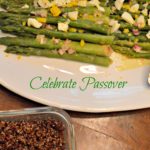The Jewish festival of Passover begins next Monday at sundown. Mondays are busy nights around here so I am planning to host a Seder on the second night of Passover, which thankfully is somewhat traditional. It’s still hectic to host what amounts to a large dinner party on a weeknight, so I am already starting to prepare some of the dishes ahead of time — like the chicken broth for my matzo ball soup.
If you are not Jewish, a Passover Seder may seem mysterious, but in many ways it is like any other big holiday meal. There are certain must-have foods, a few must-do rituals and a lot of family traditions. The key elements for a Passover Seder include 1) re-telling the story of Passover, which is the story of Moses leading the Jewish people out of bondage; 2) asking the Four Questions, which get to the heart of what makes Passover different from all other times of year; 3) a Seder plate with the important symbols of the holiday; and 4) the presence of matzo, the unleavened, cracker-like “bread of affliction.”
The elements of the Seder plate are: charoset, a nut and fruit spread that represents the mortar that the Jewish slaves used to build the pyramids; bitter herbs – usually horseradish — to represent the bitterness of slavery; parsley or greens to represent spring and renewal; an egg, which I think also represents spring, but I’m a little vague on that; a shank bone to represent the blood of the Pascal lamb; and matzo. Matzo, of course, is to symbolize the bread that did not have time to rise when the Jews fled Egypt.
What I have learned over the years is that other than these shared elements — the Seder plate, the matzo, the Four Questions and the ritual re-telling of the Passover Seder — a Seder can take many different forms. The menu will vary widely among families, depending on where their ancestors come from, where they live now, and what they like to eat. My in-laws, for example, serve turkey on Passover. Other people think brisket is the centerpiece of the meal. And don’t even get me started on lamb, which is either the traditional thing to serve or completely forbidden, depending on who you talk to.
Many families start their meal with Gefilte fish, but since neither my husband nor I care for it, we have never served it for Passover or any other holiday for that matter. I think most American Jews would scoff at a Passover Seder that didn’t include matzo ball soup, but for Sephardic Jews, who come from the Mediterranean, matzo ball soup is a complete oddity. So there you go. Like everything in Judaism, there is no easy answer.
Although I usually make brisket for Passover, this year I am planning to serve a Moroccan-style chicken dish with dried fruits and preserved lemons. I like the nod to the Sephardic tradition that this dish provides and it is lighter than brisket. As I mentioned in my earlier Passover post in which I shared my recipe for asparagus vinaigrette, this chicken dish is particularly delicious when served with quinoa on the side to soak up the flavorful sauce. One of the friends who is coming to our Seder next week adheres to a low-carb diet so quinoa is a better option for him than a side dish of potato kugel or similar.
Preserved lemons are a classic North African ingredient. Lemons are cured in salt until they become soft and mellow. You use the whole preserved lemon, rind and all, and eating a bit of preserved lemon is much more palatable than eating a raw lemon, trust me! Preserved lemons are an easy DIY project and a jar of them will last a year in your fridge. But it takes a few weeks to cure the lemons, so if you don’t have a jar already made and you want to make this recipe for Passover, you will need to buy some. That’s easy enough to do at a specialty food store or well-stocked market. And once you have preserved lemons on hand, you will find all sorts of ways to use them.
So if you are looking for a lighter main dish for your Passover Seder this year — perhaps you have a guest who doesn’t eat red meat — give this Moroccan Chicken a try. It also makes a great family dinner during the eight days of Passover when we are all looking for new recipes that don’t have wheat in them.
Chag sameach! Happy Passover to all.
- 1 whole cut-up chicken, about 2½ to 3 lbs.
- 3 TB extra virgin olive oil
- 1 yellow onion, diced
- 3 carrots, peeled and diced
- ¼ of a preserved lemon, cut into a dice
- 1 tsp. each ground cumin and coriander
- ½ tsp. each cinnamon and allspice
- Pinch cayenne pepper
- 3 cups chicken broth
- 2 cups mixed dried fruits such as apricots, prunes and raisins
- ½ cup slivered almonds
- Heat the olive oil over medium heat in a large, deep skillet.
- Pat the chicken pieces dry with paper towels, season them well with salt and pepper and then place them skin-side down in the skillet with the oil.
- Saute the chicken over medium heat until browned, about 5 minutes, and then turn over and brown on the other side.
- When the chicken is browned, remove it from the skillet and set it on a plate. (The chicken won't be cooked through at this point.)
- Pour out all but 2 TB of the fat in the skillet.
- Add the onions to the skillet with the remaining fat and sauté over medium heat until softened, about five minutes. Using a wooden spoon, scrape up any browned bits on the bottom of the skillet.
- Add the carrot, preserved lemons and spices and sauté until the carrot is tender and the spices are fragrant, another 5-10 minutes.
- Return the chicken to the skillet and add the dried fruits. Cover with the chicken broth.
- Bring the liquid to a boil, then turn heat down to low, cover the skillet and simmer liquid until chicken is cooked through and the dried fruits are plump, about thirty minutes.
- While the chicken is cooking, toast the slivered almonds in a dry skillet for a few minutes until golden and fragrant - watch carefully so that they don't burn.
- To serve, place the chicken and the sauce in a deep casserole dish and garnish with the toasted almonds.
